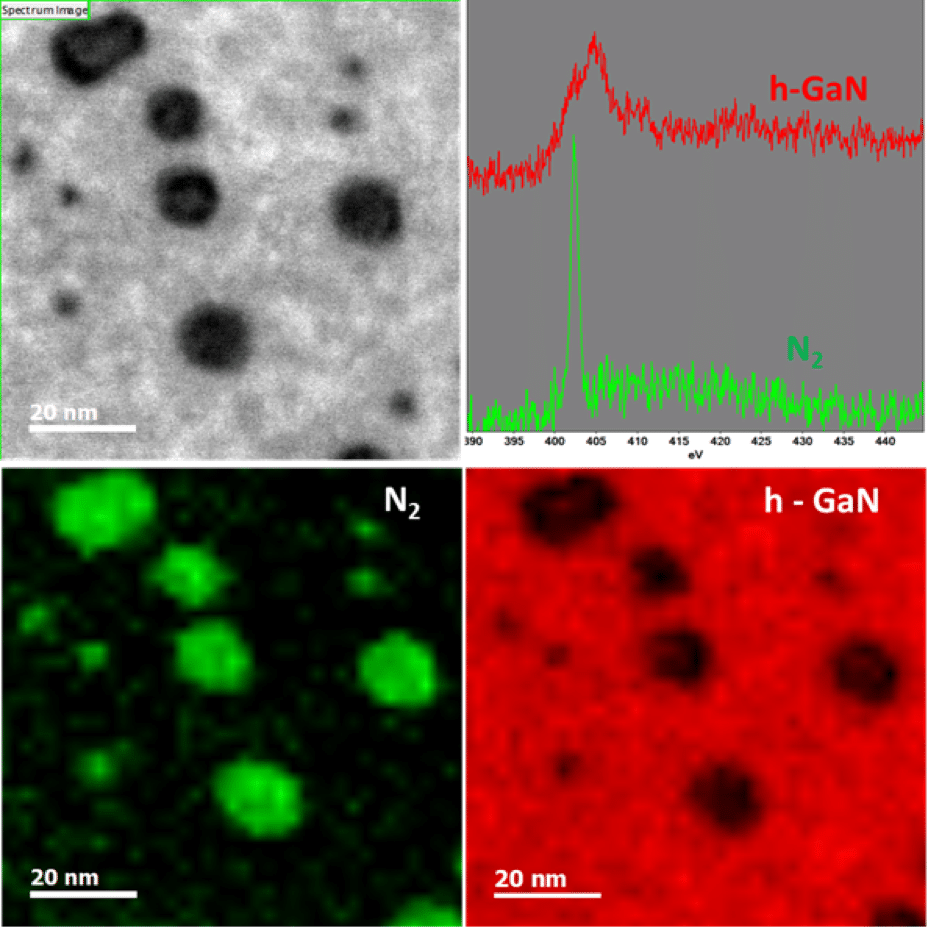- Homepage
- >
- Scientists
- >
- Research topics
- >
- Interdisciplinary research
- >
- The MADIR team
- Nuclear physics
- Overview of the research topics
- Nuclear Theory
- Nuclear structure
- Nuclear (thermo-)dynamics
- Interdisciplinary research
The MADIR team
The MADIR group is interested in the study of matter under and after strong excitation. This includes 1) the fundamental developments in the study of materials submitted to intense excitation induced with swift heavy ions or slow multi-charged ions, 2) the characterization and quantification of radiation-induced defects in various materials and of their subsequent consequences on materials physical and chemical properties, 3) the theoretical approaches to simulate phenomena occurring in excited materials 4) the development of new materials by irradiation, structuration at the nanometric level, and ion-beam shaping.
In addition to their own research, the members of the MADIR team are strongly involved in the CIRIL platform for the interdisciplinary research at GANIL. To provide the best service to the community, the research topics inside the MADIR is quite large but circumscribed in the perimeter of ion/matter interactions.
The MADIR research topics interest first Basic Science and also topics addressing some important societal issues. This concerns, on the one hand, the study of materials ageing in fission and fusion Nuclear Plants, and in the fuel cycle. On the second hand, the study of ices of astrophysical interest tackles the question of the formation of large and complex molecules, from smallest ones, in the Space.
The research activity of the MADIR group revolves around six main themes:
- Chemical and structural modifications in polymers and ices of astrophysical interest,
- Structural modification in ceramics, from basic mechanisms to nuclear materials applications,
- Combined effect of energy loss processes in ion/matter interaction,
- Ion track technology and ion beam shapping,
- On-line analysis set-up development
 |
| Modification of Nitrogen atoms chemical environment in latent tracks formed in GaN, monitored by electron microscopy: Evidence of Nitrogen bubbles |
